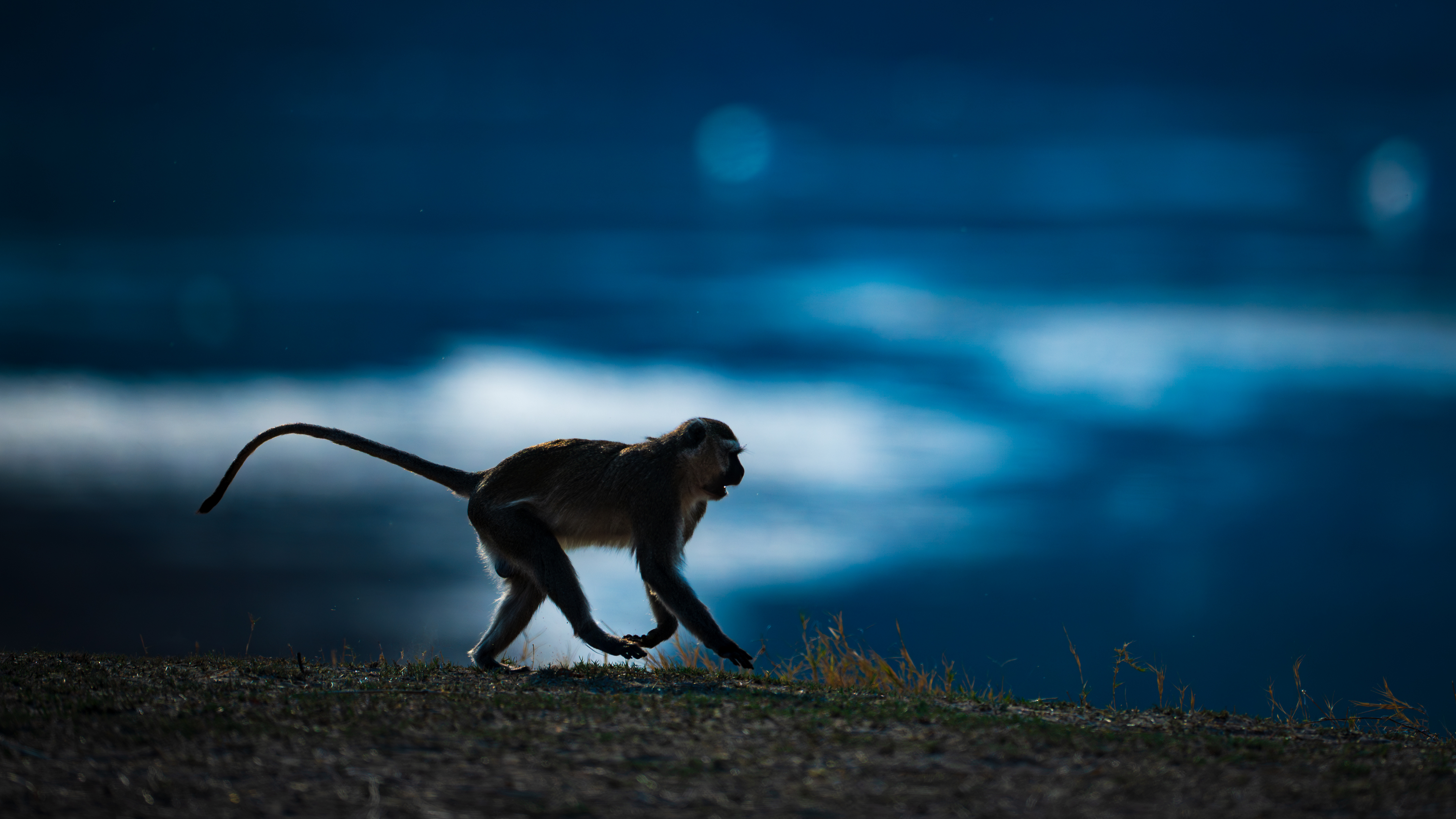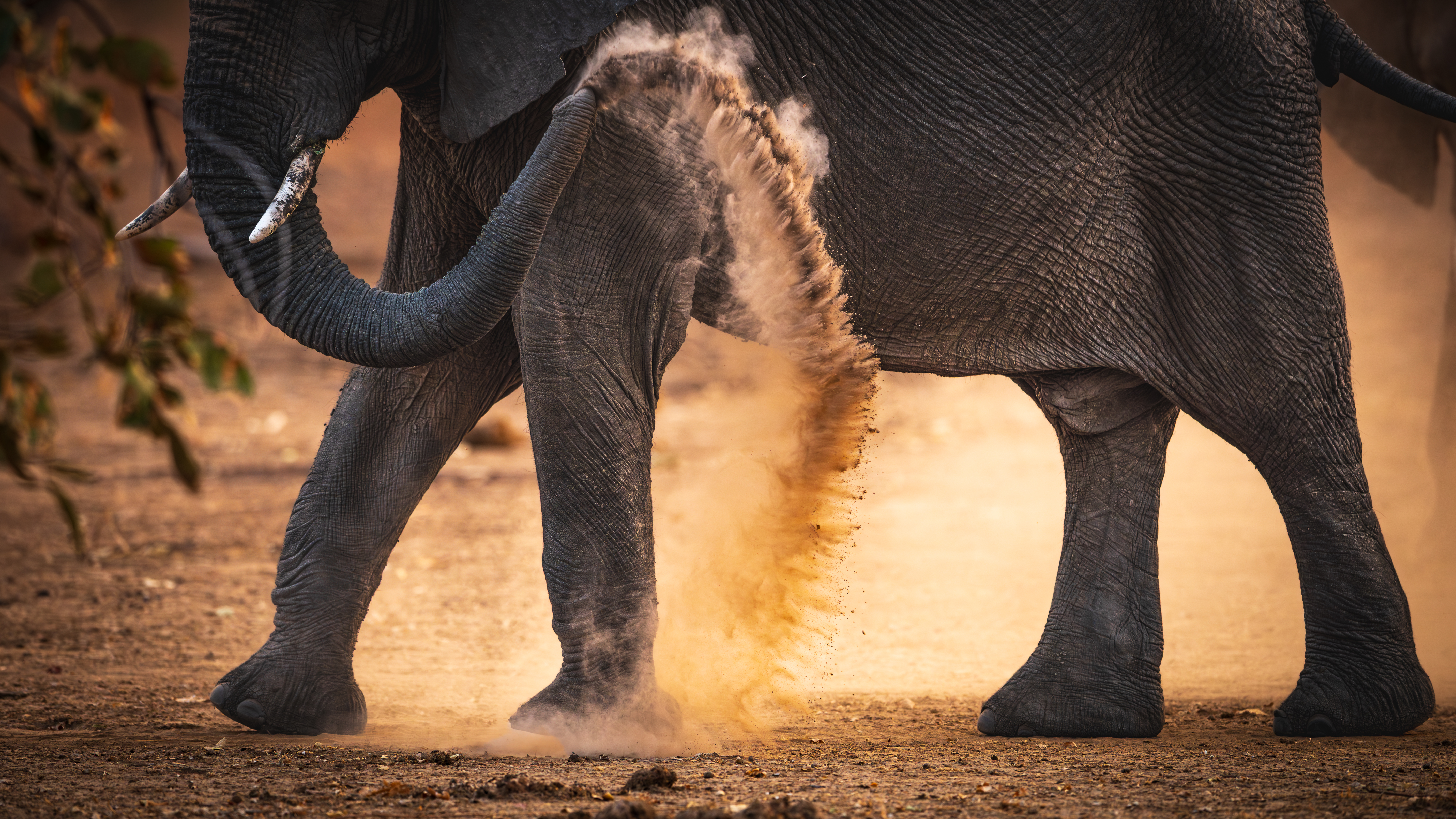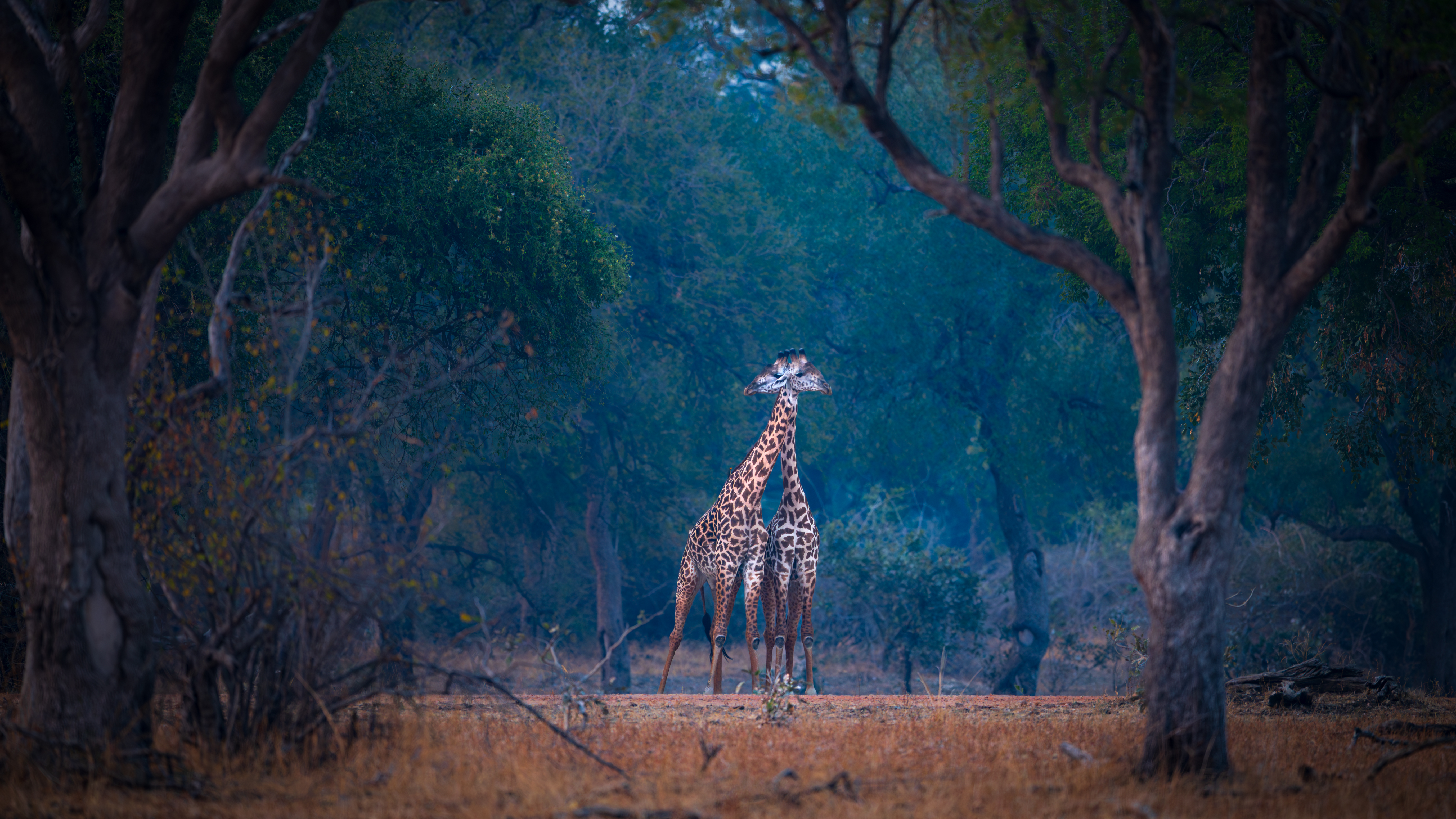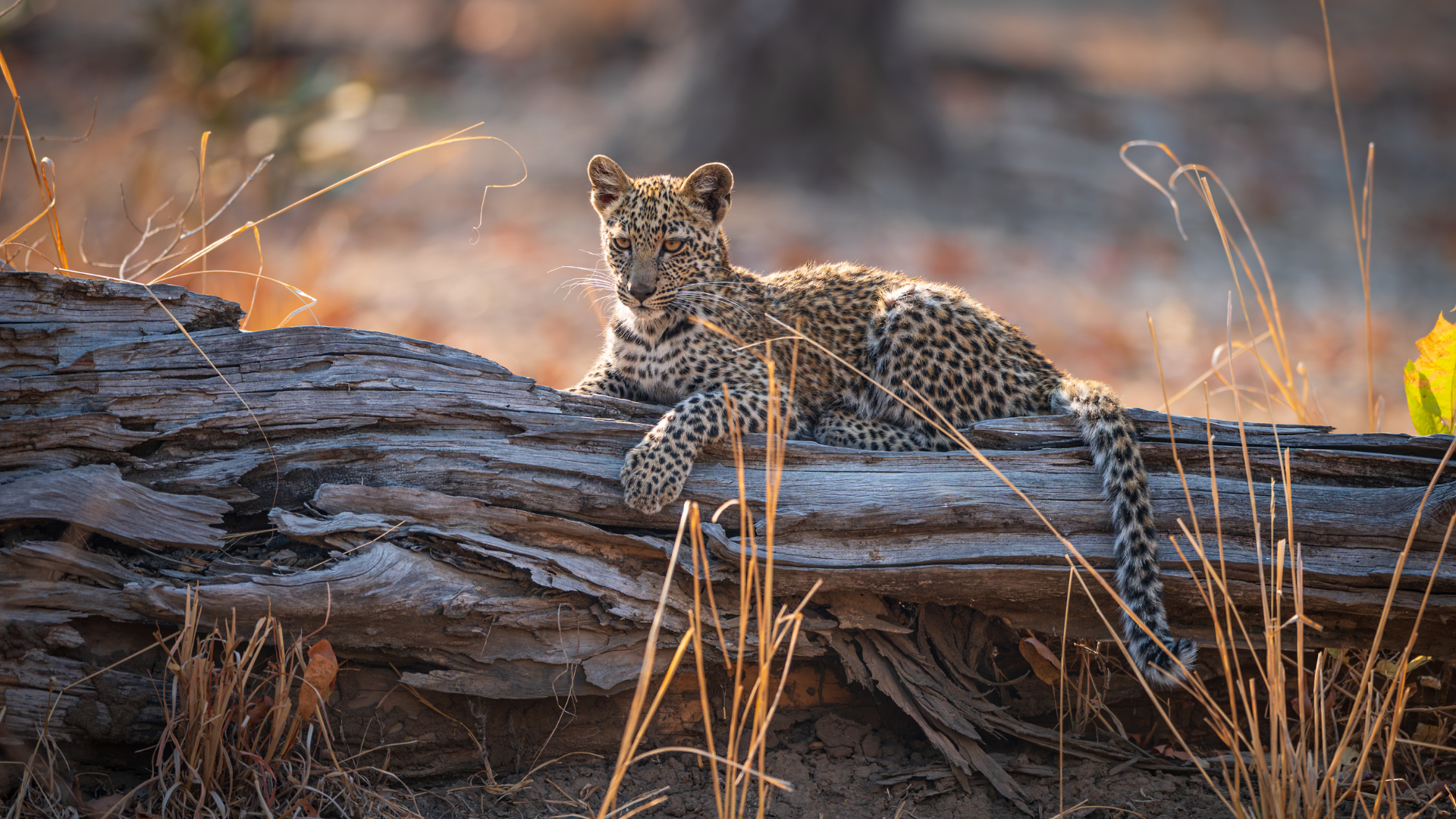August in the South Luangwa National Park
Date 2025/10/07 10:04:43 by Darren Donovan
August in the South Luangwa National Park is a fantastic time of the year. The bush is still dry, and the temperatures are starting to rise but are well within the comfortable range. All the water between the escarpment and the river has dried up, forcing the wildlife to make their yearly pilgrimage to the Luangwa River a necessity.
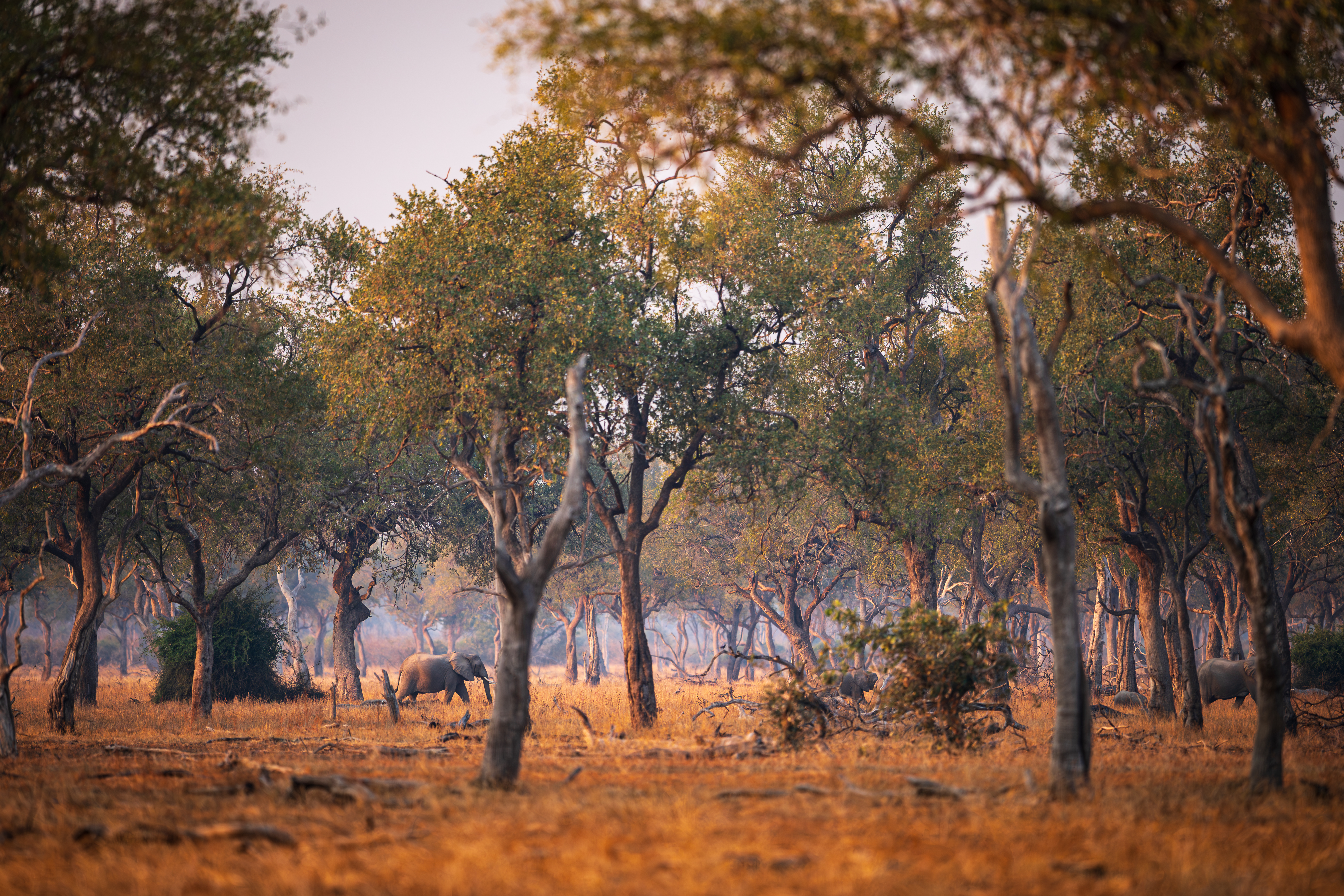
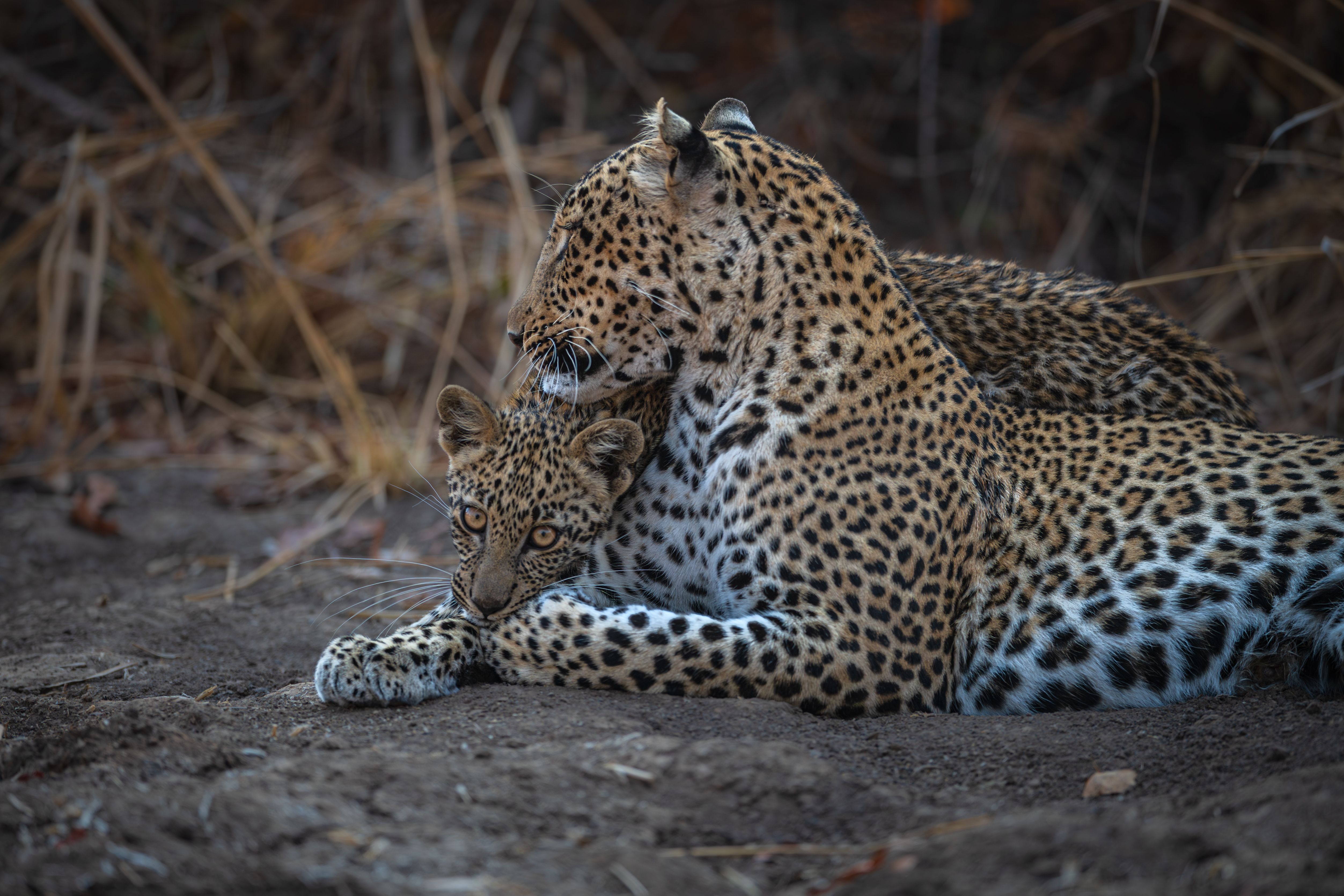
Towards the end of August, I and two guests ventured into this climate of possibility. The wildlife in South Luangwa is something special. The park is known for its abundance of leopards, one of the densest hippo populations in Africa, and a way-above-average chance of seeing and photographing African wild dogs.
This year, however, the South Luangwa has been in a bit of a drought, which has shaken the usual dynamics up. This definitely had a significant impact on the expected game sightings, but like any great park in Africa, South Luangwa delivered other memorable moments.
We had an abundance of lion sightings while the leopards were there, but not in the numbers that I’m used to for South Luangwa. We were lucky enough to have a wild dog den site not too far from camp.
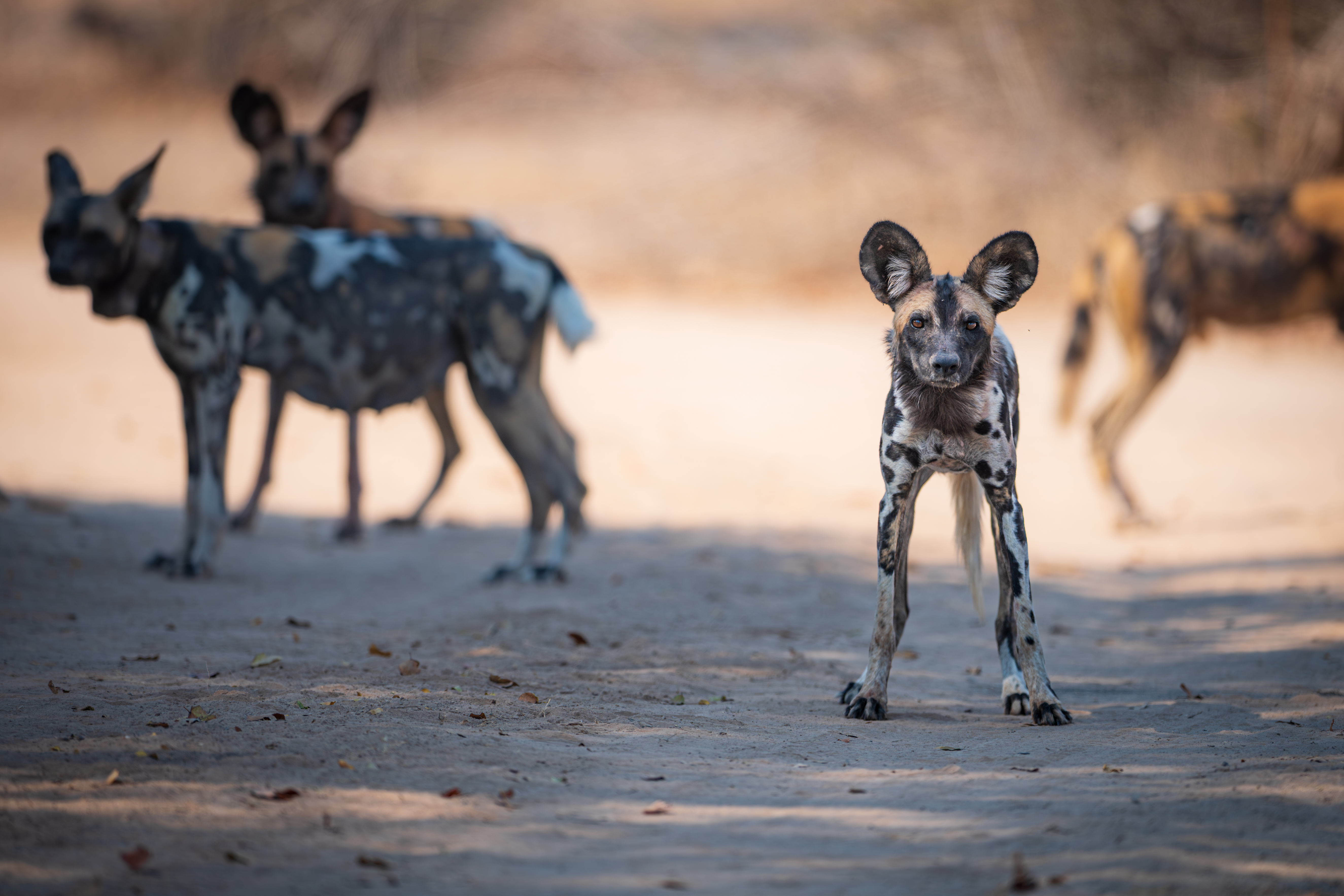
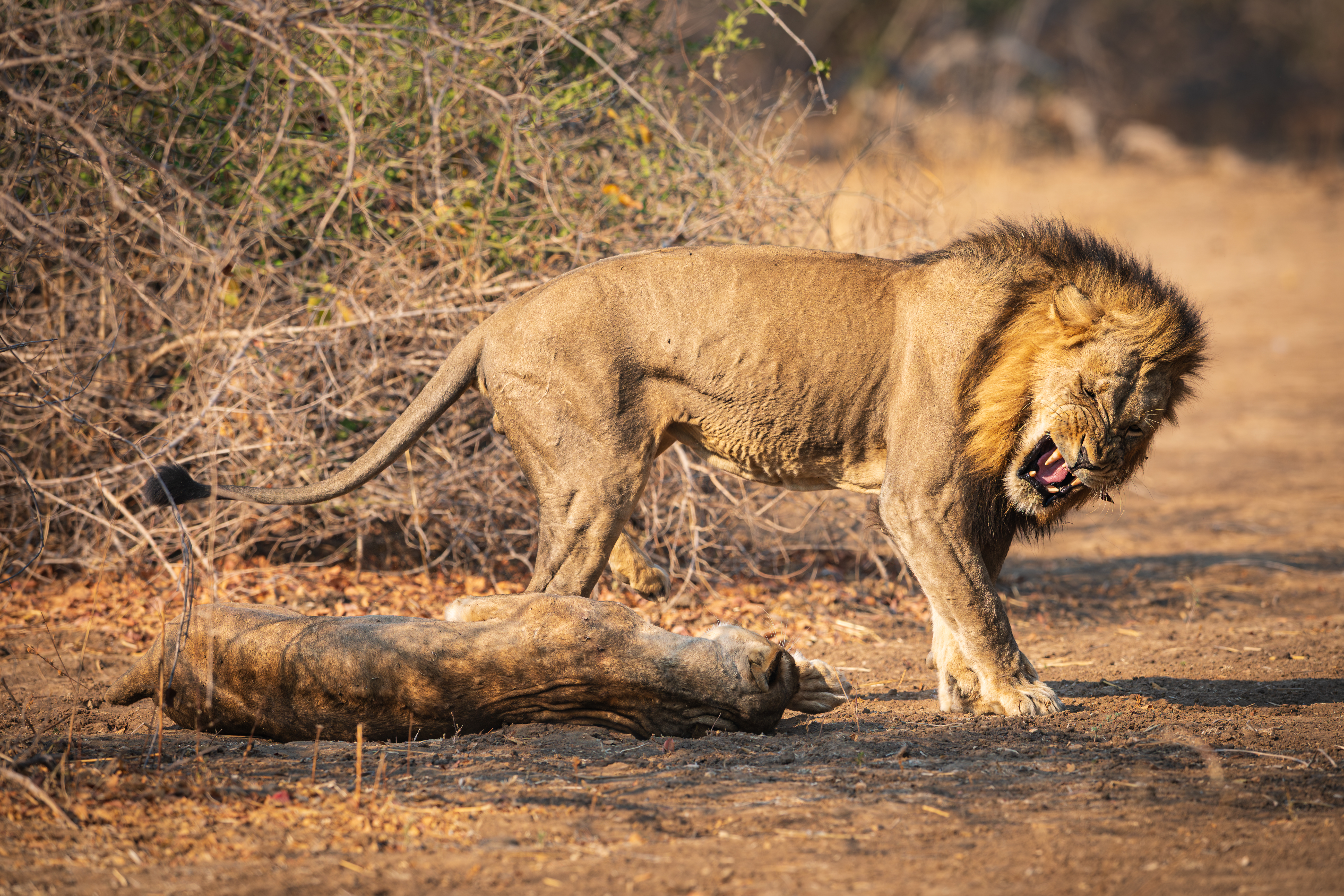
For this safari, we focused on three areas within the reserve — the river, the leadwood forests in the central parts of the park, and the ebony forests towards the north.
The real star quality of the South Luangwa isn't just the wildlife but often the landscapes that you find them in. The river very much speaks for itself, but the two forests have a very different and interesting feel to them.
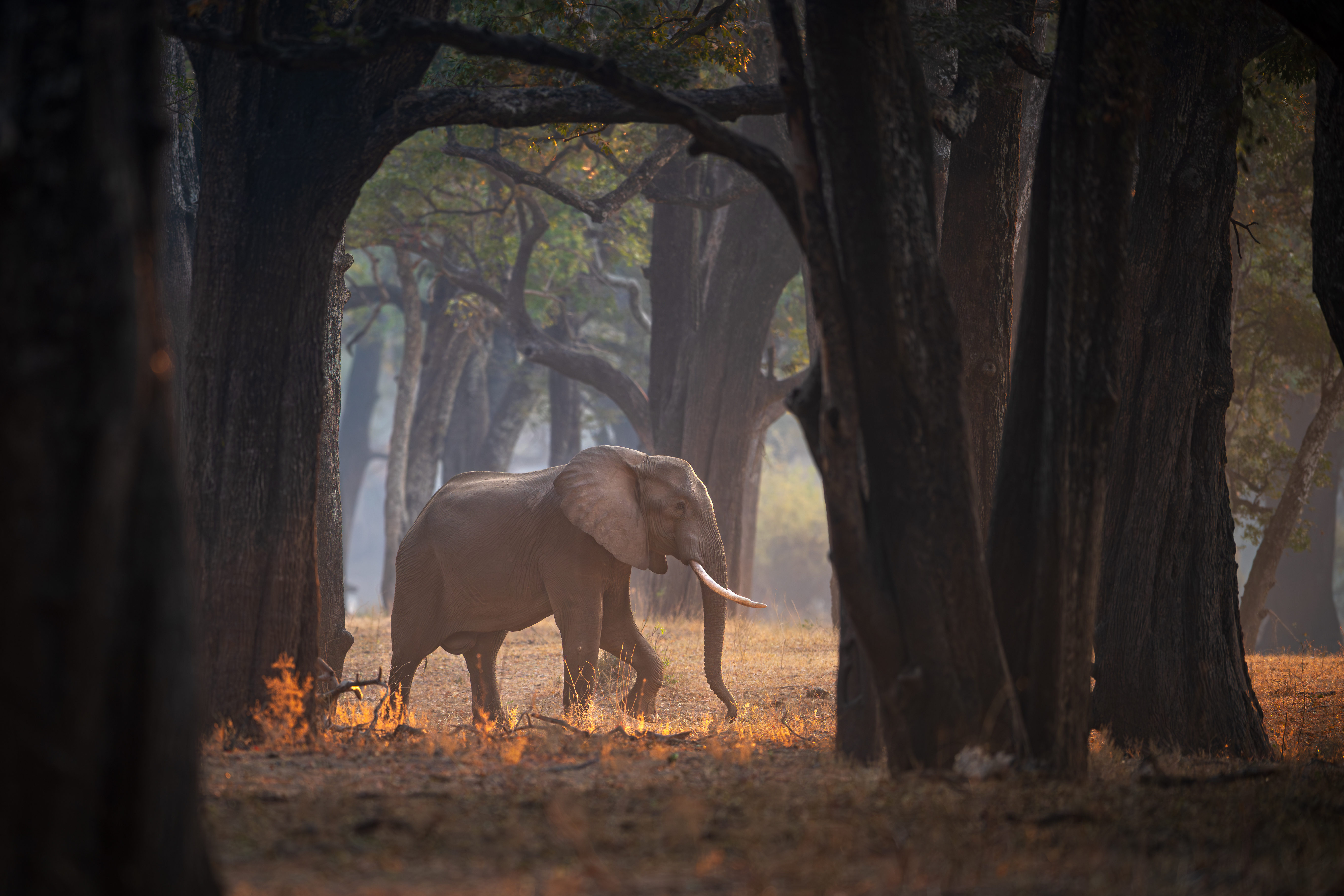 .
. 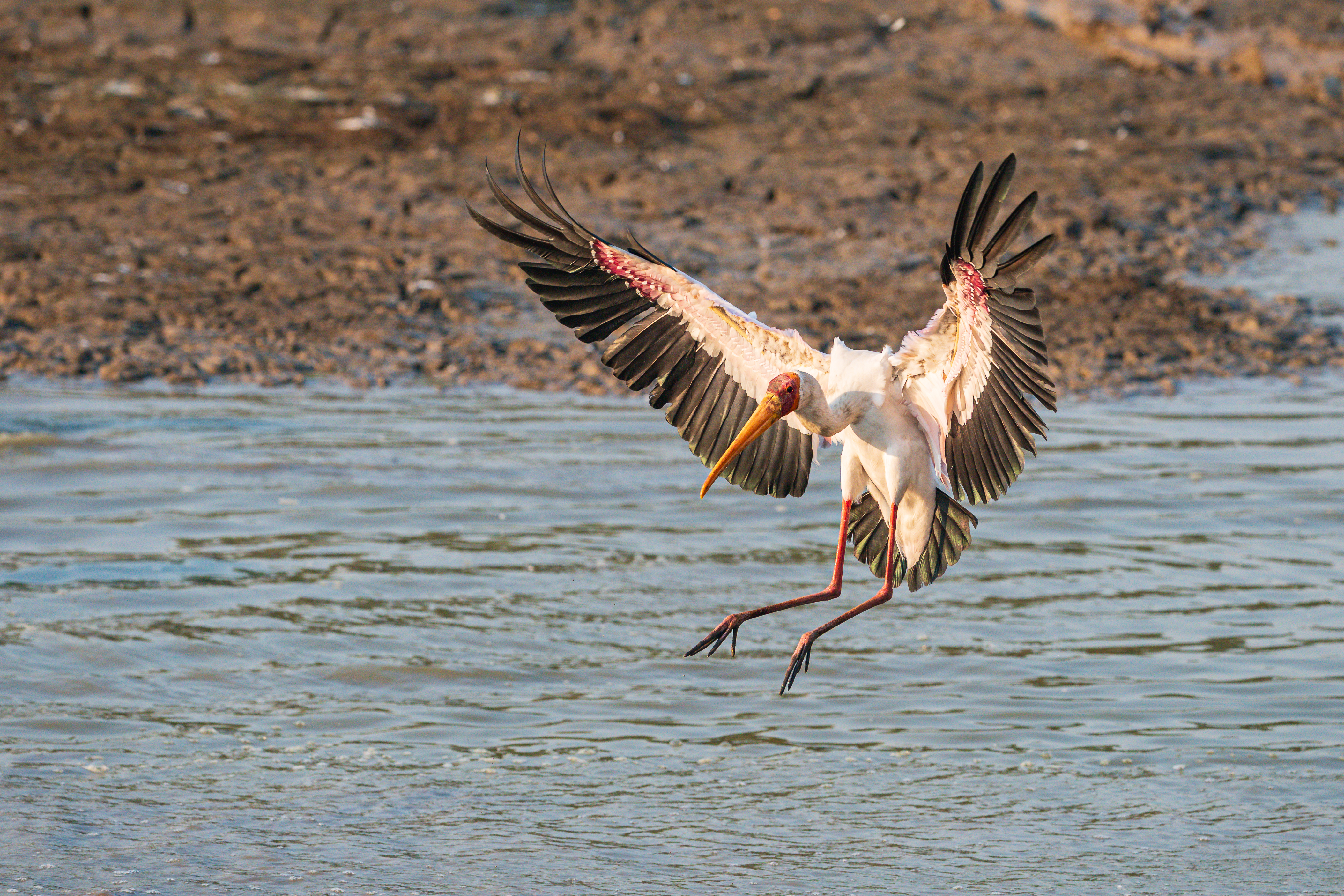
The leadwood forests, in the central parts of the park, make for particularly captivating photography. There are three factors that cause the blue hue in this forest:
- The refraction of light by particles trapped under the canopy of the forest.
- The bluish-green leaves of the leadwoods, which reflect a cool tone of light.
- Most importantly, the lichen in the area comprises cyanobacteria (blue-green algae), known as cyanolichens, which further influence the color of the reflected light.
These three factors combined create a beautiful blue light and remarkably unique images.
The ebony forests in the north are immense and enchanting. Here, the strategy is to be there at first and last light, as the sunlight filters through the canopy and illuminates the forest floor. The size of the trees, both in girth and height, dwarfs the megafauna, creating striking photographic opportunities.
To me, this is the real beauty of a photographic safari in South Luangwa. It takes you beyond standard wildlife photography and encourages you to appreciate the wider environment. If you leave that out of your images, you risk losing the essence of the Luangwa. Here, the landscapes demand as much attention as the wildlife — and the magic lies in how the two come together.
